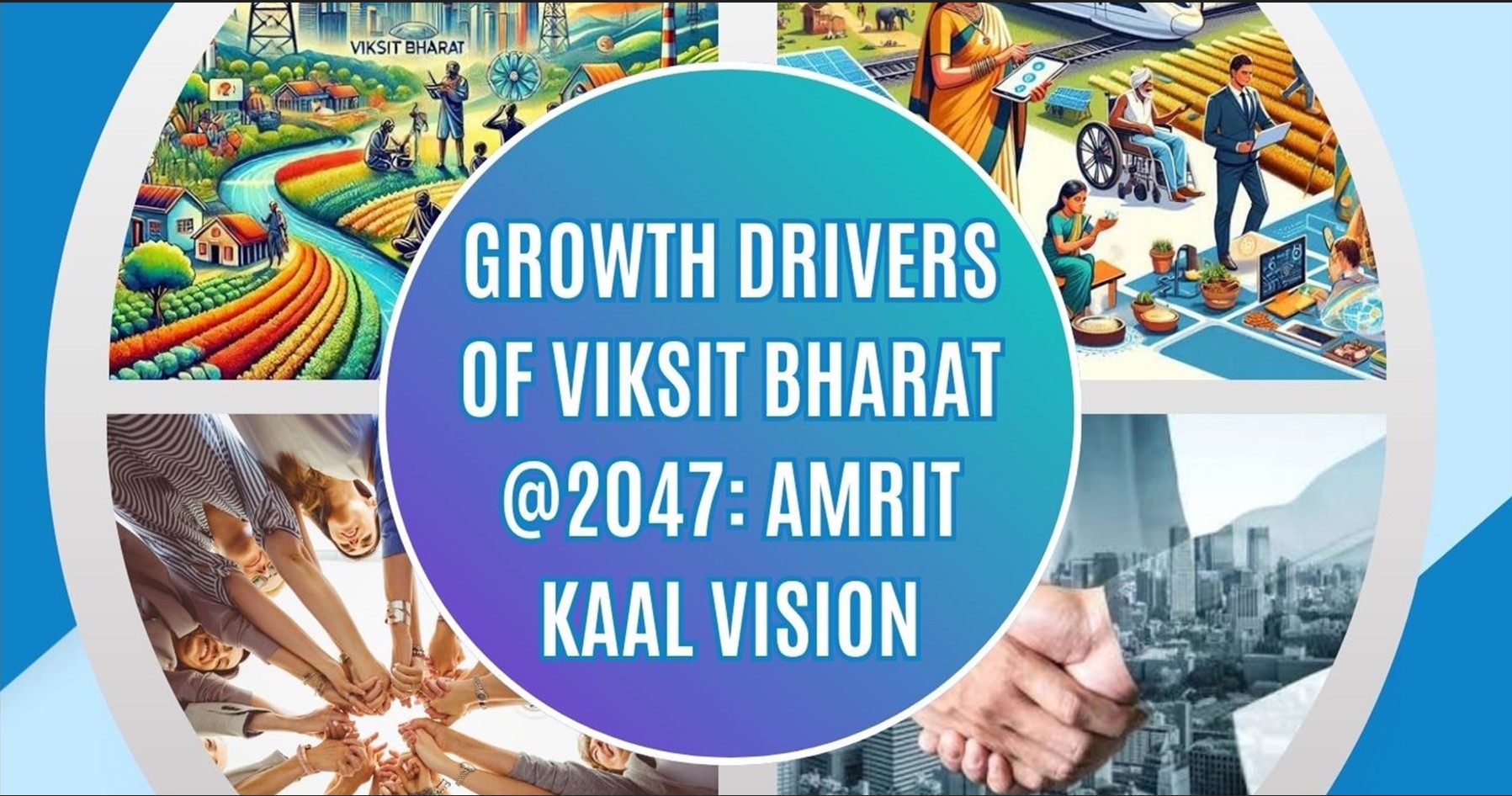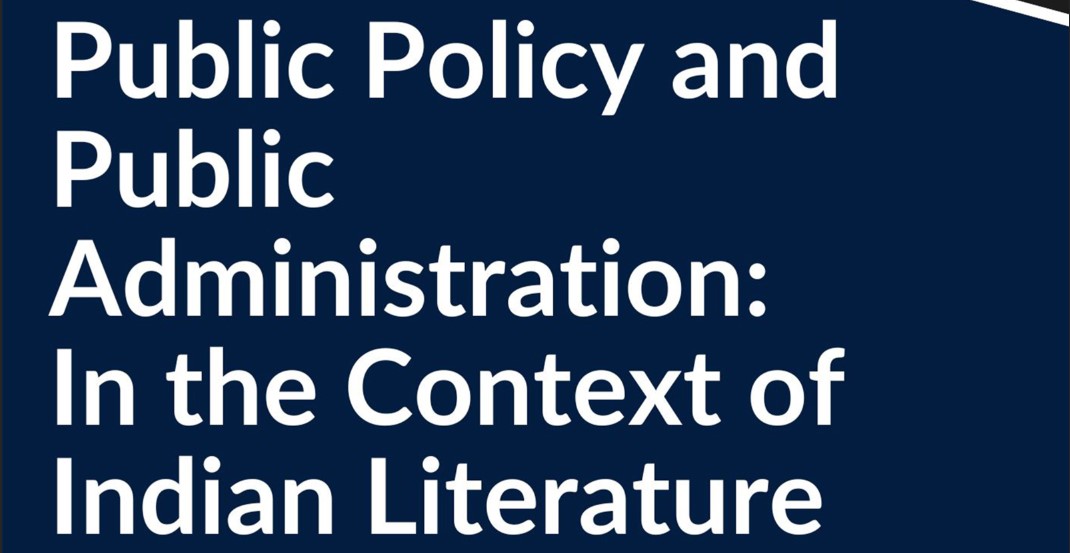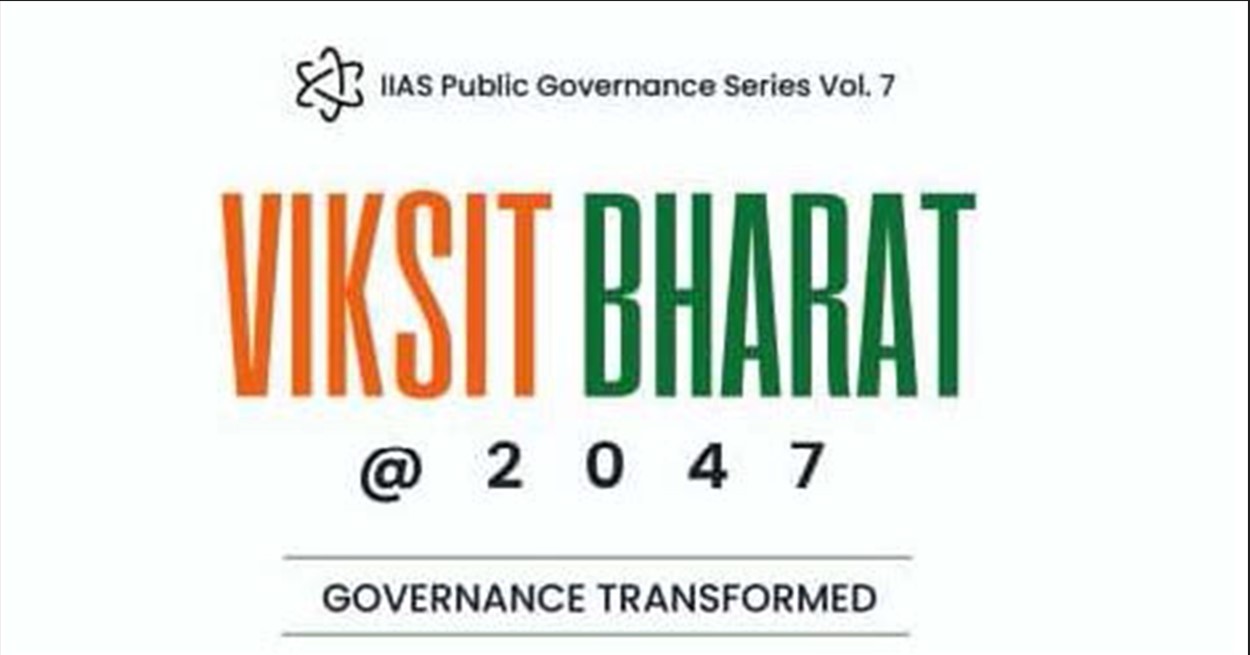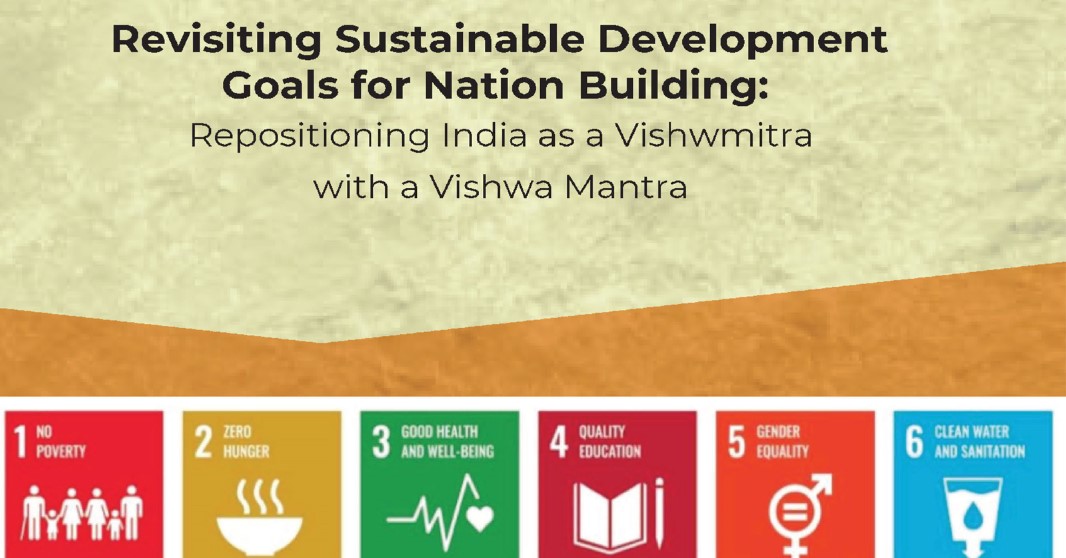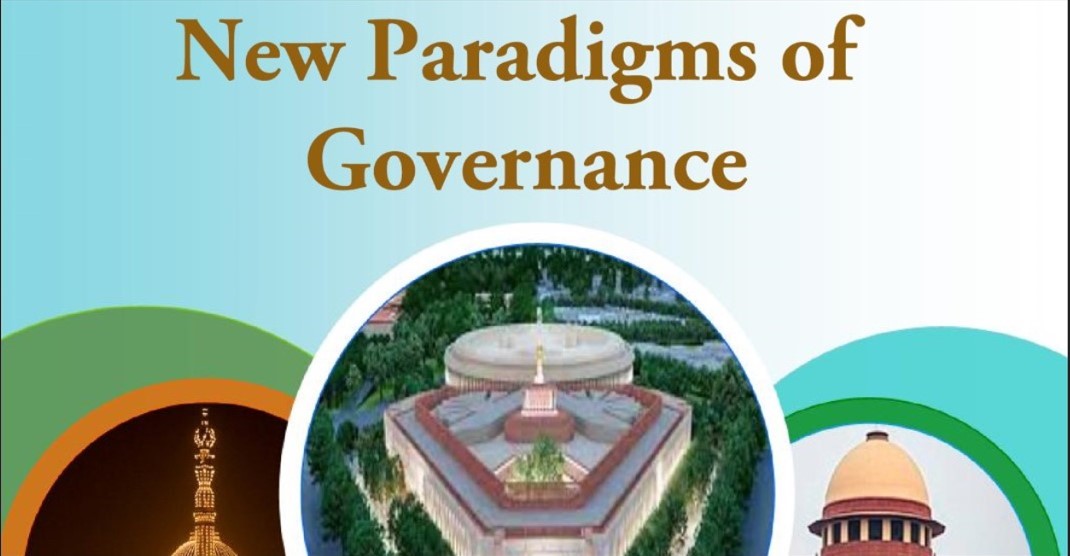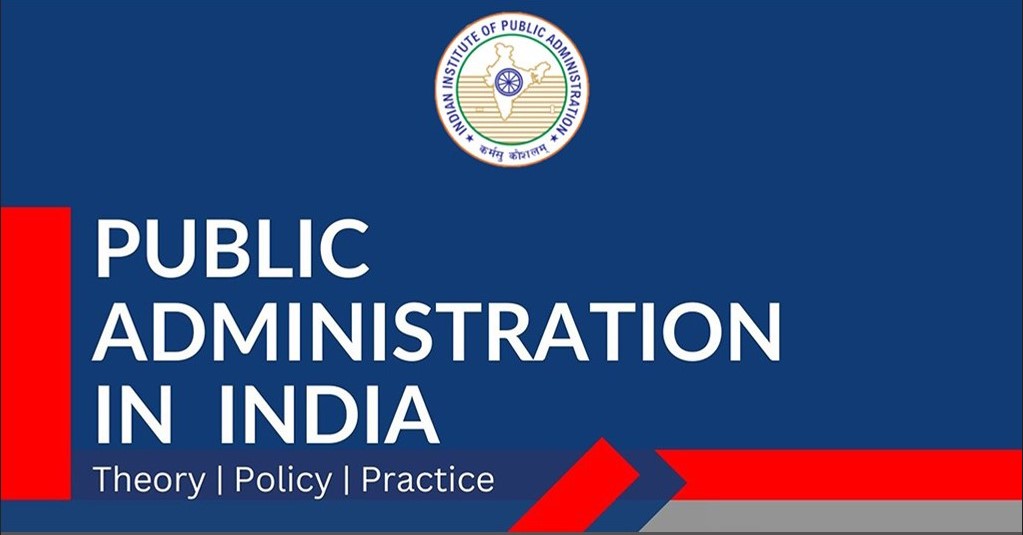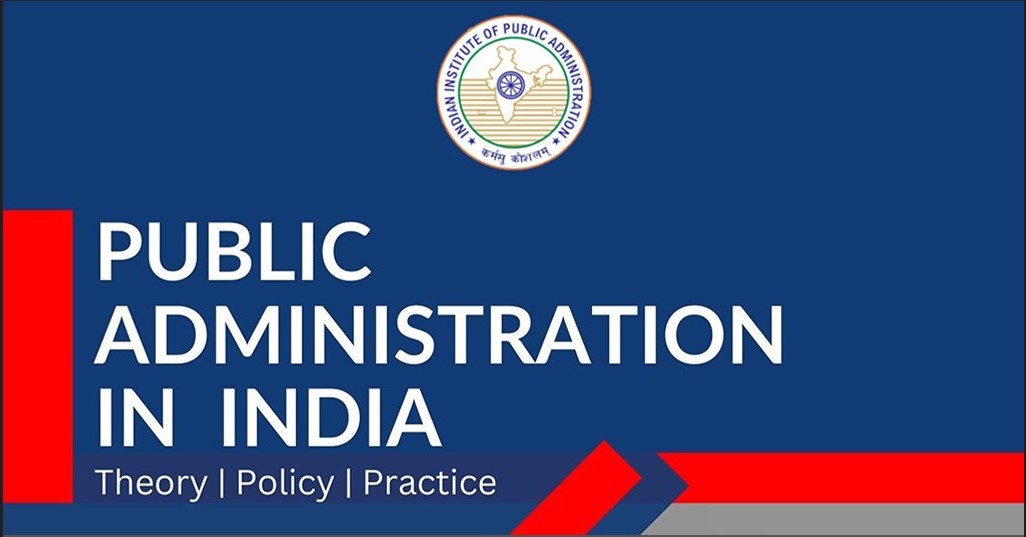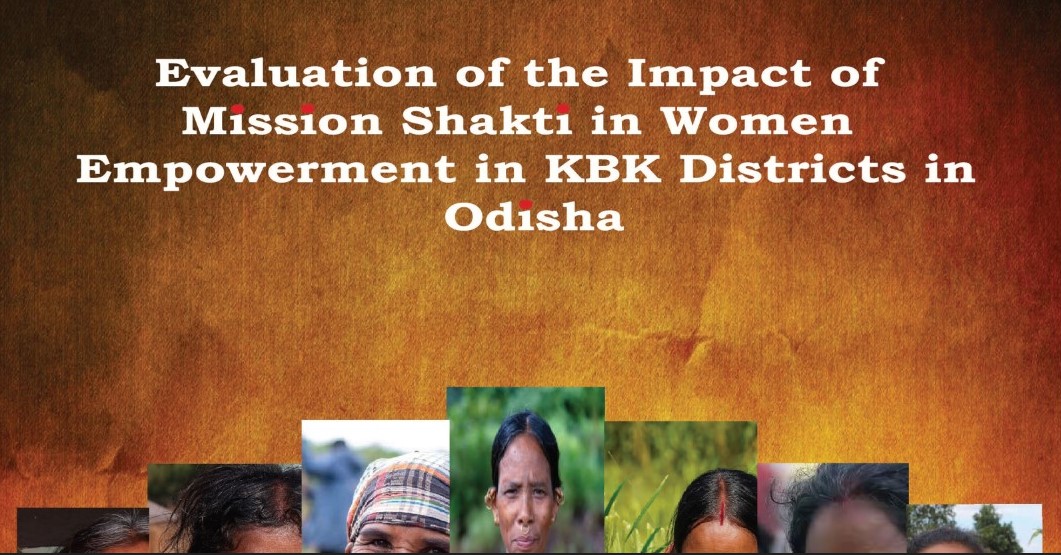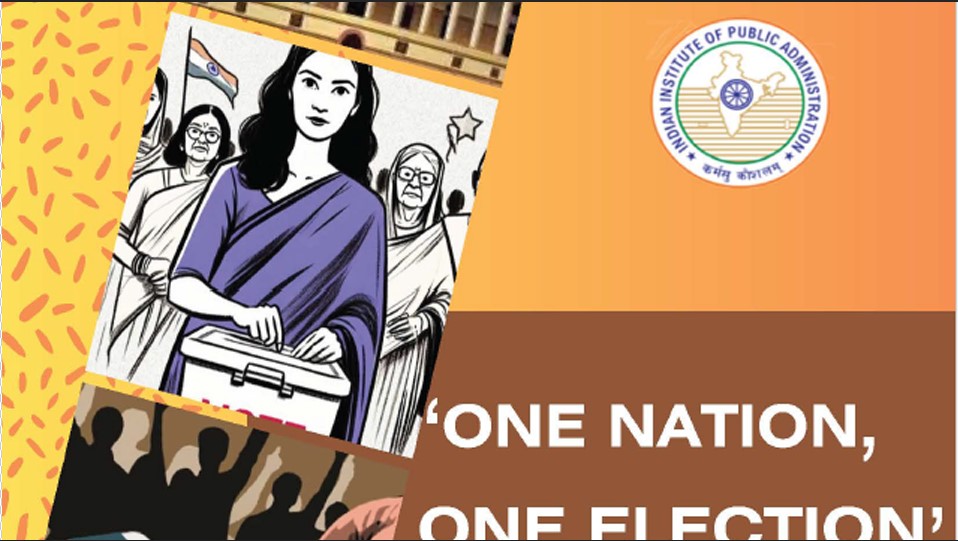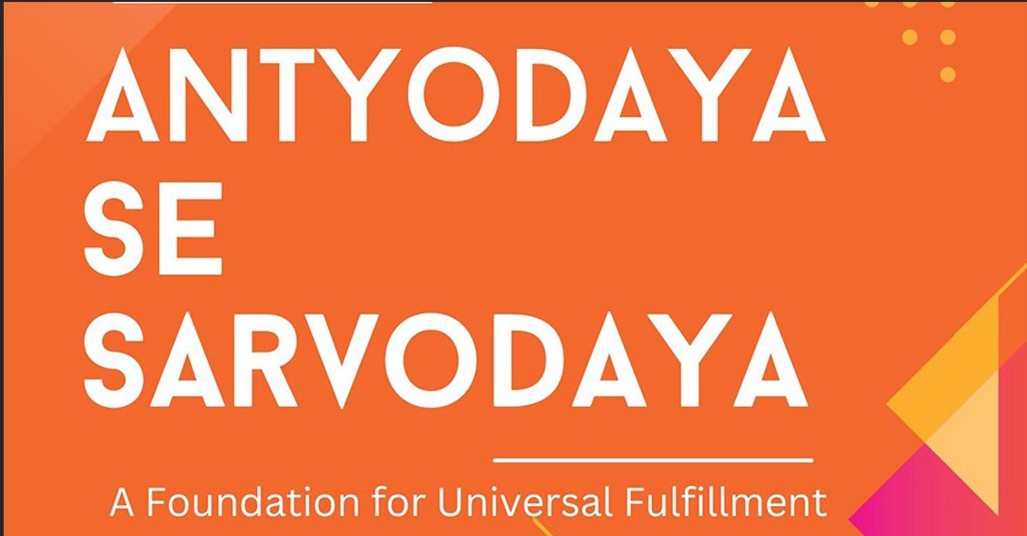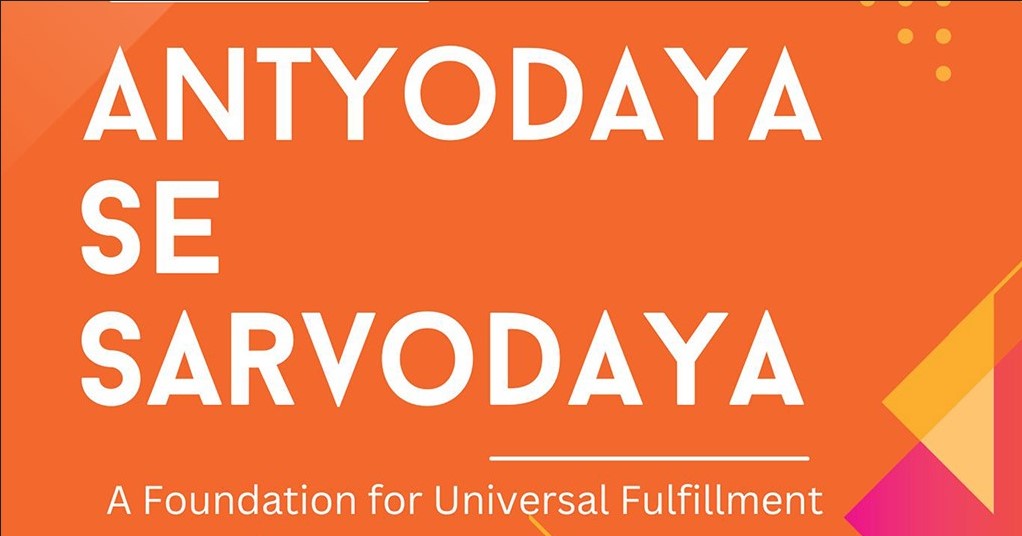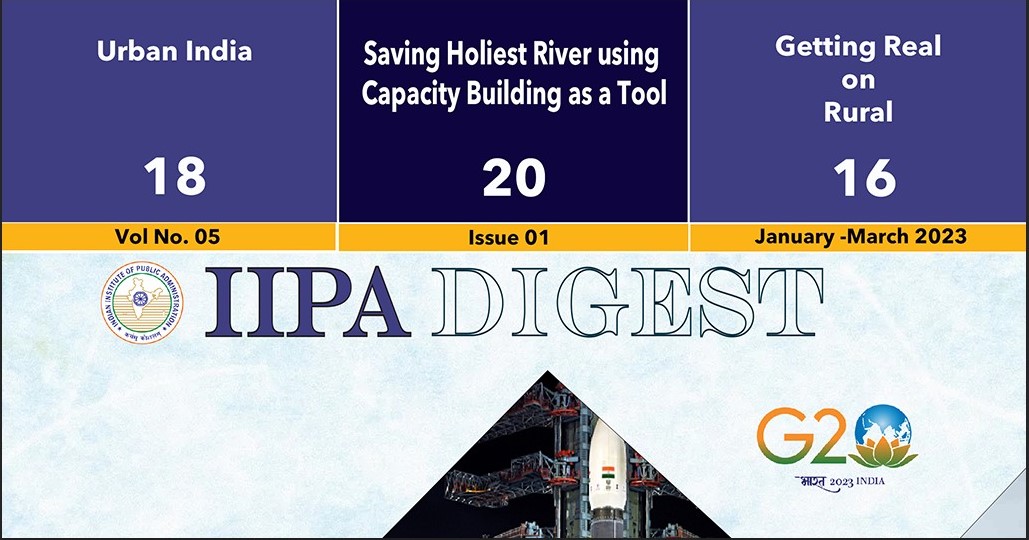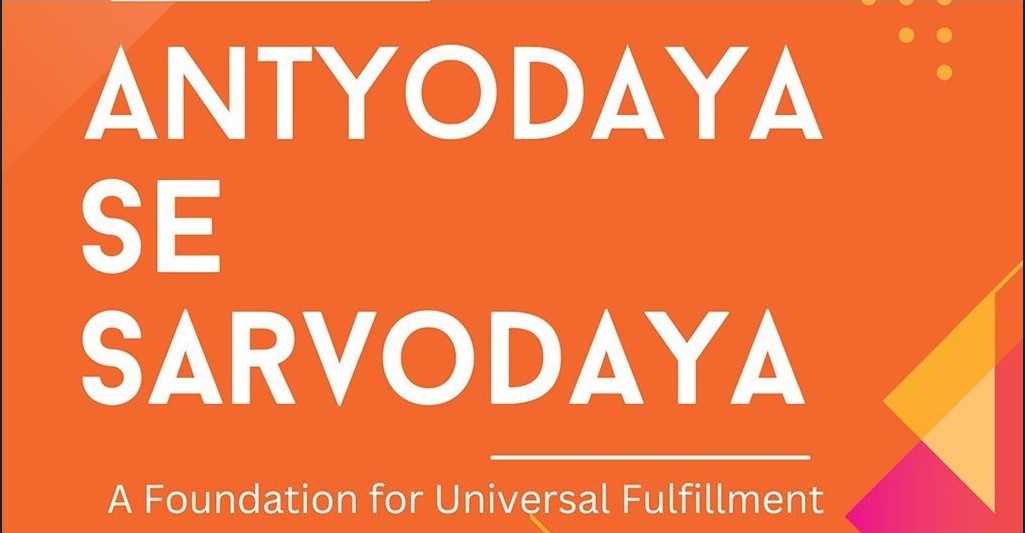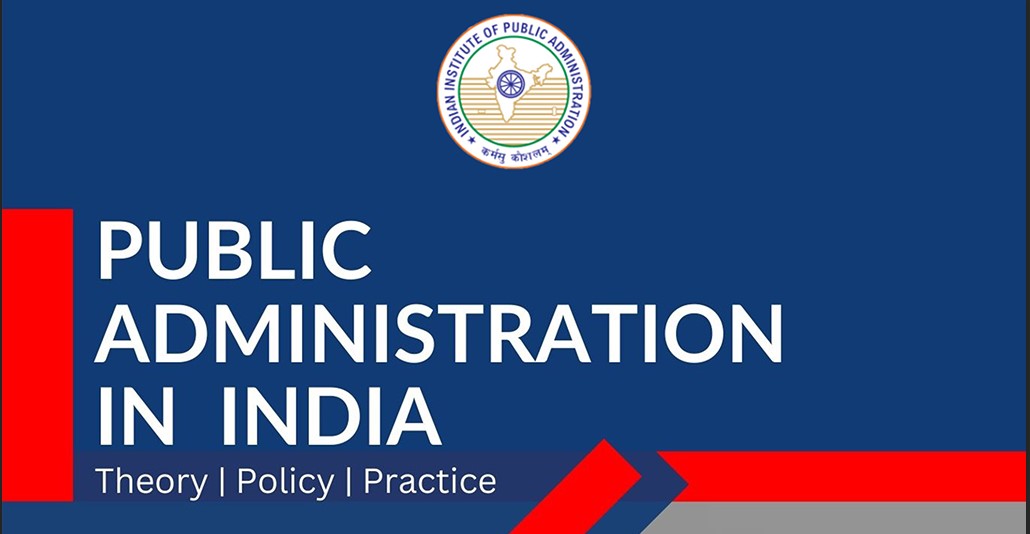Exploring Environmental Sustainability through Green Crematoriums
Abstract
It is well well-known fact that Fat self-ignites at 760 Degree celsius. Using this fact, a group of environmentalists has tried an experiment of building Low- low-cost green Crematoriums, which save over 440 kg of wood per cremation (reducing from 500 kg of wood used in open cremation to just 60 kg in green crematoriums). These are fire-brick-lined furnaces shaped as crematoriums that have all the features essential for Hindu/Sikh cremation rituals. Over the last 20 years, the volunteers have built over 700 green crematoriums that now cost hardly Rs 4 lakh each and enable a cremation to happen in just Rs 1100/-, as against open cremation that costs at least Rs 11000/-.It has been estimated that one Crematorium enables 100 cremations per year (can do 2-3 cremations per day if required). The subsequent cremations use only 30 kg of biofuel per cremation, as the furnace is already hot. No Electricity or CNG is required, which saves a lot on infrastructure and operational risks and costs. Each of these crematoriums over a life of 20 years saves 440kg of firewood X4500Kcal per kg x100 (cremations) and thus saves 18,80,00,000 Kcals of Energy (=2,30,125 KWh). Thus, 700 Crematoriums over a life of 20 years have saved 16,10,87,850 kWh of Energy. ( 1Kwh=860.4Kcal). Apart, they have saved 85% SPm and Emissions and also reduced ashes by 80%. The Project, headed by environmentalist Dr Ramji Jaimal (Project Head of NGO: AAPSI), has made over 700 Green Crematoriums in Sisra, Fatehabad, Fazlika, Abohar, and Bhatinda areas. Savings of Firewood, Energy, and emissions are huge. Besides all weather availability and safety in all respects. Matter has been spot-examined by the Forest Research Institute, Dehradun, and they have appreciated the achievement. Currently, green crematoriums for Pets and Cows are under consideration. Technology is a simple and open-source type, so its impact needs to be explored further. This paper studies these green crematoriums in detail and lists their benefits in protecting the environment from further degradation.
Keywords: Green crematorium, CNG, environment, air quality.
1. Introduction
As the winter approaches, the brouhaha about the Air Quality Index flares all over social media and the newspapers. But something that is doable and has been implemented in over 750 villages of North India, and can reduce SPM & Emissions and improve AQI, is convenient.
Being ignored largely due to administrative apathy and a status quo approach. The reference is to about 110 lakh deaths annually in India, of which 70% bodies are cremated, consuming around 260 crore kg or 30 million trees. While burning the wood, there is also emission of millions of tonnes of carbon dioxide gas, methane, SPM, and ashes, which is not good for the environment. The two main drawbacks of the traditional method of cremation are air pollution and deforestation. Studies show that a normal cremation needs around 500-600 kg of firewood, three litres of kerosene and /or Desi ghee, and 300-400 cowdung cakes per dead body, and the total costs turn around Rs. 11000 or more.
Moreover, mortal remains can be taken only after 24 hours. We may therefore consider building Green Crematoriums with Fire Brick chambers that cost around Rs 4 lakh wherein the wood/Cowdung Sticks requirement comes down to only 60kg per body for first body (and almost half of this for subsequent bodies if the furnace is still hot) and accordingly the carbon dioxide and methane released and ashes/SPM into the atmosphere are reduced by 85% (compared to normal cremation). Also, the mortal remains can be taken out after just 2-3 hrs. Two extra trays can be given with the Green/woodless crematorium, and thus, after 3-4 hrs, the next body can be cremated while the family members can collect the ashes from the previous tray at their ease. This set up needs no electricity and costs 1/10th of Electric/CNG furnaces and works on the principle of giving just enough heat to the 65-68% BODY FAT in Human body so that it starts burning at 760 Deg Celsius (Fat’s Self Ignition Temp) and then takes over the cremation on its own using the chamber heat which is conserved. Subsequent cremations use only 30-40 kg of fuel. Also, there is no smoke on account of wet firewood or exposure to rain, and the risk of suicide or self-harm by any grieving member. Foul smell is also reduced as combustion is complete and enclosed. All the customs and rituals required as per Hindu/Sikh/Jain norms are complied with by this crematorium, and there has been no complaint in the last 17-18 years. It needs no CNG or electricity, so it can stand alone even in remote areas and save trees there.
2. Literature review
Not much literature is available about fuel usage in Crematoriums. There is no census data available on the number of Crematoriums, yet it can be safely assumed that each village has at least one crematorium. So, India would have around 6,40,930 villages and 7935 towns as per the 2011 census. And assuming at least one crematorium per village and at least 5 per town, we would have around 6.5 Lakh Rural and 40000 urban crematoriums. The impact of emissions from cremation grounds on AQI has also not been accounted for and documented in any study, but cremation in the open does release a large amount of SPM (Suspended Particulate Matter), Emissions besides Ashes, which are disbursed into the rivers after the cremation. The History and Evolution of Cremation in Indian Context has been studied by Abi M and Ar.V.S.Kavitha in the International Journal of Scientific Research in Engineering and Management (IJSREM) Volume: 07 Issue: 05 in May 2023. It explores the influence of legal frameworks, such as the Cremation Act of 1902, in formalizing and modernizing cremation practices.
David Arnold, in his article, “The Burning Issues: Cremation and Incineration in Modern India,” states that cremation has progressed from illegality and obscurity in Britain in the 1870s to being the preferred means of disposing of the dead among more than 70 percent of the British population in the 2010s. In fact, in quite a few countries, cremation has become the preferred mode of disposal of the dead also because the land in urban areas is scarce and very expensive. (Springerlink.com, N.T.M. 2016:24.393-419 Davd Arnold: 2016).
In the last 18 years or so, the villagers of 750 villagers Fatehabad, Sirsa, Abohar, Fazlika, Bhatinda have been collecting funds and making Green crematoriums under the guidance of Dr Ramji Jaimal environmentalist, because the villagers value trees, and also for them, affordability is an issue. The design estimate for the Green Crematoriums has been brought on paper by the Dev & Panchayet Deptt. Haryana is based on the green crematoriums that have been built and implemented successfully in the areas mentioned. An allied activity is making hollow Cow dung sticks (Gaukasth), especially at Gaushalas using the spare cow dung which otherwise rots and releases methane or clogs the Rural a well as Urban drains. The cowdung sticks (Gaukasth) made from dewatered cow dung have been discovered to emit BLUE FLAME just like CNG/LPG. This cow dung stick project costs about Rs 4 Lakhs to set up. These Activities are covered in MGNREGS, but the material cost component is relatively high, so funding has to be done from other sources such as Climate change funds/Compensatory Afforestation Funds (CAMPA) /Municipal and Panchayet funds, Plan Funds, and Local Budget, apart from CSR (Corporate Social Responsibility) Funds.
As of 2023, the world had 422 trees per person. Canada had the highest with 10,163 trees per person, followed by Greenland (4,964), Australia (3,266), the United States (699), France (203), Ethiopia (143), China (130), and the United Kingdom (47).On the other hand, India has 35 billion trees, having a per capita availability of trees of only 25 trees. When we look at this report and the Forest Tree Census of Haryana published in the India State of Forest Report (ISFR), it is found that out of 22 districts in Haryana, 21 have less than 20% forest and tree cover. Covering only 6.7% of its total area, Haryana has the smallest forest and tree cover in India, as against the National Forest Policy's aim for a 20% coverage for each state. In all the Out of Forest trees census shows that there are around 4.1 crore trees outside designated forests in Haryana, with neem, shisham, pipal, bargad, and eucalyptus being the most common species. When we account for the 31,250,000 population of Haryana, it shows that for every person, there are only 1.3 trees available. Even if we account for the 90% of them who will cremate the bodies, there are only 1.45 trees per person, whereas the cremation needs 2 trees per body. Another report by Sh Devender Pandey, Consultant International Centre for Forest Research
(https://www.fao.org/4/y2328e/y2328e18.htm#:~:text=The%20total%20number%20of%20trees,25 %20percent%20of%20the%20total.) puts the total number of trees in the rural, non-forest, areas of Haryana at 55 million in around 2000, which shows that Social Forestry has declined in popularity, as 41% of these were planted trees (to be cut on maturity) so the availability of trees has fallen sharply. So, there is an emergent need to find an eco-friendly mode of cremation of human bodies for Haryana.
3. Methodology
All these green crematoriums are functional, and to site field study was done in detail by a team of experts from Forest Research Institute Dehradun, consisting of Dr Parul Bhatt Kotiyal, Scientist-E, FE&CC Division, and Shri Mohit Husain, Scientist-B, S&FM. Division, FRI, Dehradun. Simultaneously, volunteers have collected data and site reports from the green crematoriums in use for long and taken GPS-linked pictures. The team found that normal cremation requires 400 to 600 kg of wood per body (approx 2 Trees). This leads to huge SPM (Suspended Particulate Matter), Emissions, Ashes, etc, and is also a very costly affair: Wood cost @ Rs 15 per kg =9000/- Additives, largely due to wet wood: Rs 2000/-Other items Rs 1000/- Total Rs 12000/- to Rs 15000/-. Further, there is the Risk of rain leaving cremation incomplete or demanding more wood. Then there are chances of Suicide/Accidental Fire. Also, the Smoke /Dust /Flares affect those in attendance, especially if the wind is blowing. The cremation needs constant Human Supervision to ensure the Heat/Fire stays alive and sustains on all parts. FRI has concluded that, in the long run, Environmentally, this is Not Sustainable. This research paper also took into account group discussions with the Management Committees of many shamshans, and also the people (Doms) who operate the cremation ground. The results are detailed below.
4. Results or findings
FRI, Dehradun team has made a comparison of open cremation and green cremation which is given below:
Table 1: Comparison of open cremation and green cremation
It is reported that 1 Kg of wood contains about 450 to 500 g of Carbon. This means 1 Kg of wood is holding about 1.65 to 1.80 Kg of CO2. Similarly, burning 1 kg of wood will generate 1.65 to 1.80 Kg of CO2 (https://www.kaltimber.com). The FRI study states that a typical pyre is 2 m in length and 1 m in height and breadth. It is often constructed by using approximately 550 kg of wood, as well as a few kilograms of miscellaneous biological and synthetic materials, such as coconut shells, cow dung, rice grains, vermilion powder, camphor, and clarified butter. The corpse is placed on top of the pyre, and burning of the entire ensemble takes anywhere from 4 to 6 hrs in open, at rates ranging from 100 to 130 kg/hour. Quite often, the fire is a flaming, smouldering mixed phase and emits a brownish smoke. Smouldering combustion is a low-temperature oxidation process (<850 K) in the char layer that yields more CO and other incompletely oxidized pyrolysis products. The main components of the smoke from the solid feedstock samples used to build a pyre are carbon (both black and organic carbons), hydrogen, nitrogen, sulphur, oxygen, semi-volatile polycyclic aromatic hydrocarbons (PAH), and similar organic compounds (Nystrom et al., 2017). Atmospheric heating caused by anthropogenically emitted carbonaceous aerosols contributes to one of the largest uncertainties in climate forcing over South Asia (SA). Past studies have identified the combustion of fossil fuels and residential biofuels as being the dominant emitter of light-absorbing black carbon aerosols over this region. It was measured that emissions from open-air burning of funeral pyres, a deep-rooted and widely prevalent custom in SA, and found that large amounts (≈98% by mass) of light-absorbing organic carbon (OC) aerosols, optically defined as brown carbon (BrC), are emitted per kilogram of feedstock burned. The emitted OC contributes an average 40% to the smoke particulate matter absorption of the visible solar radiation. Calculated funeral pyres in SA contribute approximately 92 Gg of light-absorbing OC annually, which is equivalent to ≈10 and 23% of the carbonaceous aerosol mass from regional biofuels and fossil fuels, respectively (Chakrabarty et al., 2014).
In view of the above findings of the Forest Research Institute it is proposed that to save the remaining out of forest trees in the country and to do our little bit for controlling AQI, we must take immediate action in this regard by involving all the stakeholders such as the Forest and Environment Department ( CAMPA Funds can be used as these are Wood Saving Devices) , The State Pollution Control Boards ( Penalties imposed can be used), The Centre for Air Quality Monitoring (CAQM), the Urban Local Bodies (own funds) , the Gaushalas, the Development and Panchayet department and through them, the locally elected Gram Panchayet members, Panchayet Samity Members, Zilla Parishad Members, Municipal Councillors etc. the NGOs running the crematoriums, the elected leaders and the public at large as also the CSR organizations could be involved to develop Green crematoriums and parks at all cremation grounds all over the country so that the citizens of the Nation feel that even in the last journey they have respected the mother earth and not abused it.
It is also proposed that the last journey of a human being should be included in the human rights and should be made as affordable as possible, and also efforts should be made to reduce the grief and pain of the members who attend, as well as those who are unable to attend the cremation. A study shows that at many places, CNG or Electric crematoriums have been built but they are not being used fully as people are not aware of their benefits or are being misled by local cremation ground staff who try to sell them green trees and the coal dust/saw dust/ghee/raal/camphor etc to rejuvenate the fire. The problem is less in Rural areas, as these people value trees more and prefer green crematoriums and even otherwise use cow dung sticks for cremation. But wherever CNG/Electric/Green crematoriums are available, it is time that an IEC (Information, Education and Communication) campaign may be started at various public places (including hospitals/mortuaries) to inform the public about the benefits of woodless cremation/green crematoriums and how they are not an obstacle in the future journey of the souls and that the ashes remain safe and available for disposal as before.
From group discussions, it has emerged that Social Entrepreneurs may be encouraged to broadcast the cremation rites and gathering on the web for relatives who cannot make it to the cremation ground, for which parties may book the services, and the weblink can be shared. This too will lead to a reduction of transport emissions while keeping the bonds with the families strong at reasonable costs. People should be able to book the Broadcast Service and give a link on Social media messages for those who cannot join offline. The people/community running the cremation ground can be trained to do this activity and earn some money to make up for the loss of revenue due to the sale of less wood on account of green crematoriums.
Further since most Shamshans/Cremation grounds were earlier out of Abadi areas but now mostly Abadi has crossed them, Dr Ramji Jaimal, Flower Man of India took the pains to convert some of these into parks with dense trees with flowers and pathways where people have been coming for morning/evening walks and feel much saner and sober and crime rate also goes down. Growing Shyama Tulasi for use during cremation (whole dried plant/leaves, which leads to a reduction in Methane emissions) can also be practiced at Shamshan lands.
Group Discussions suggest that, as a general measure, a large-scale countrywide Project must be taken up, even if in a decentralized manner, to rejuvenate and redevelop the Shamshans and grow Shyama Tulasi shrubs in the fields around Shamshans. It would also be prudent to make some boards with mythological stories on saving trees and planting trees on occasions such as death, and developing small nurseries/ stocking centres at Cremation grounds so that every family that suffers a loss goes back with a sapling and grows the same as a healthy memory of the departed soul. This can be made a ‘Social norm’ in times to come that the Shamshan committee offers a sapling to all those who come to witness the cremation, and the survivability of the saplings will be very high as people tend to keep the promises made on such occasions. So, a nursery of about 5000 saplings can be established at each Shamshan (depending upon local population) to motivate tree plantation.
From Group Discussions, it also emerged that the Doms who operate the cremation grounds and the Shamshan Pandits who do the cremation rituals often exploit the sentiments of the grieving families and try to take them for a ride. Therefore it was suggested to develop a course on Cremation Procedures and train the staff that works at the crematoriums on various aspects such as: Handling the body, the families and grieving public sensitively, completing the family rituals transparently and with cooperation of the family, how to prepare the pyre, how to arrange the fuel to save fuel, how to involve the public in Nature conservation, how to handle the remains, how to send back some positive messages for the society from the cremation grounds round the year etc etc. The matter was discussed with the CEO of the Domestic Workers Skill Sector Council, Mrs Mona Gupta, who was willing to consider and allow such a course if someone designs one.
It also emerged from the group discussions that these days, almost half the households own a pet. So, another associated area emerges is the disposal of dead Pets. They are often buried, but there is inadequate land in towns to do so. And not burying them deep enough and scientifically leads to a foul smell. Also, salt is applied while burying the dead pets, which leads to salination of the soil, which is already a major problem in many areas. So green crematoriums have been designed for the pets (Small animals) as well, which cost around Rs 3.5 lakh each, which could be placed at a designated corner of the
Human cremation has been done at the Sarai Kale Khan crematorium in Delhi. Similarly, since large Gaushalas anyway get old, abandoned, unproductive, and diseased cows and bulls, they have a very high death rate, of almost 1 per 1000 per day. There is a dire need to address the problem of the disposal of dead bovines rather than brush it under the carpet. Therefore, a green crematorium for Large Animals (Bovines) has also been designed, which costs about Rs 6.5 Lakhs. Gaushala experts say that the large Gaushalas would be willing to allow green cremation of dead cows as they have enough cowdung cakes already, and it may be accepted as an option far better than burying under salt (almost 150 kg per large animal).
5. Conclusion
To sum up, it is realized that green crematoriums are required for humans, pets, a well as dead bovines. But making these needs funds and an Action Plan. It is proposed that adequate funds may be allocated for:
Making Green/Woodless Crematoriums (about Rs 4 Lakh each unit for Humans). Each crematorium takes a maximum of 5 days to build on the site of the existing cremation pyre. So, no extra land is required. Countrywide covering all 7 lakh crematoriums in India will cost only Rs 28000 Crores, which can be done over 3 years using CAMPA funds and State Pollution Control Board funds slaso Municipal funds, MPLADS funds, and Panchayats' funds.
Setting up units for making Cowdung sticks at suitable locations and funding transport of cowdung sticks to the cremation grounds so that they become usable (Dewatering and Extruding units together cost about Rs 4 Lakh each unit). This cost the Gaushala can cover in just one year if cow dung sticks are priced at par with wood @ Rs 10 per kg. Thereafter, it can be a source of perpetual income to the Gaushalas and also solve the problem of heaps of cow dung that clog the drains.
Rejuvenation/redevelopment of cremation grounds as parks with dense trees and flower beds should be taken up. (Depending upon the area, starting from Rs 1 Lakh per ground)
An IEC Campaign must be created to generate awareness among the public to plant trees in memory of the departed person and make such tree saplings available at Stock centres to be opened at cremation grounds. (Depending upon the area served, Sapling stocking centres would cost starting from Rs 1 Lakh per ground)
Making an IEC campaign to create awareness amongst the general public to ensure acceptance of green crematoriums of all kinds as against open cremation.
Motivating SHG/ unemployed youth to set up shops selling eco-friendly and reasonably priced materials required for cremation, etc, so that the fear and stigma attached to the ground of unreasonable demands can be addressed.
Training of Cremation ground staff to handle cremation services with empathy and maintain the green crematorium (Maintenance is minimal in any case).
Funding Social Entrepreneurs who may be encouraged to broadcast the cremation rites and gathering on the web for relatives who cannot make it to the cremation ground, for which parties may book the services. This too will lead to a reduction of transport emissions while keeping the bonds with the families at reasonable costs.
Educating on wood-saving by Oath at Mortuary/Hospitals: At the time of handing over a dead body to the family at the mortuary and at hospitals, they may be made aware of the need to save trees, and a pledge be got signed from the families to use Green Crematoriums only to perform the last rights of the dead persons.
It is concluded that once we start highlighting the harms of the reckless use of wood to cremate bodies, people will come forward on their own to save wood. Thus, the above campaigns will not only save trees and help the greening of India but also develop a large number of respectable jobs around cremation grounds and remove the stigma related to cremation grounds and lead to public ownership of the grounds and prevent lumpen elements from claiming the grounds and ultimately lead to a higher social order and reduction of crime. Cremation being India India-specific activity, green crematoriums should be systematically promoted by India so that overall respect and regard may go up for all those associated with the activity.
Thus, once we start saving trees from being burned, and start nurseries to give saplings, stop planting in the memory of those who passed away, each death will leave behind two trees, and environmental sustainability shall follow on its own.
Figure 1: Some recent pictures of Green Crematoriums actually in use in Sirsa, Haryana, courtesy Dr Ramji Jaimal, Flower-man of India.
The latest six Green crematoriums were made at Delhi at Green Park, Rohini Sector 26, Sarai Kale Khan, Wazirabad, Ghazipur, and Seemapuri. These are largely being used by the poor and for unclaimed bodies. Whereas, in Rural Punjab and Haryana everyone uses almost 750 of these green crematoriums being more connected with Nature as Tree is not a commodity but a living entity in the chain of Life.
Figure 2: Cowdung sticks, Dewatering Machine, Gaukasth Machine
References
1. https://www.exoticindiaart.com/book/details/burial-practices-in-ancient-india-study-in-eschatological-beliefs-of-early-man-as-revealed-by-archaeological-sources-old-and-rare- book-naz210/
2. https://www.worldhistory.org/burial/
3.https://architecture.live/gkd-crematorium-coimbatore-manicnienterprises/#:~:text=Share%20this-A%20crematorium%20for%20a%20charity%20trust%20in%20Coimbatore%2C%20South% 20India,family%20to%20perform%20their%20rituals.
4. https://www.archdaily.com/467849/crematorium-charity-trust-mancini-enterprises
5. Chakrabarty, Rajan, & Pervez, Shamsh, Chow, Judith, Watson, John, Dewangan, Shippi, Robles, Jerome, and Tian, Guoxun. (2014). Funeral Pyres in South Asia: Brown Carbon Aerosol Emissions and Climate Impacts. Environmental Science & Technology Letters. 1:44-48.
6. The NGO AAPSI has been spearheading the making of green crematoriums in the Northern States, and their contact person, Dr Ramji Jaimal, is always more than willing to provide pro bono the technology, drawings, as well as supervision to make the next green crematorium, be it for Humans, Pets, or Bovines.
Leave a comment
More articles from Governance & Polity




